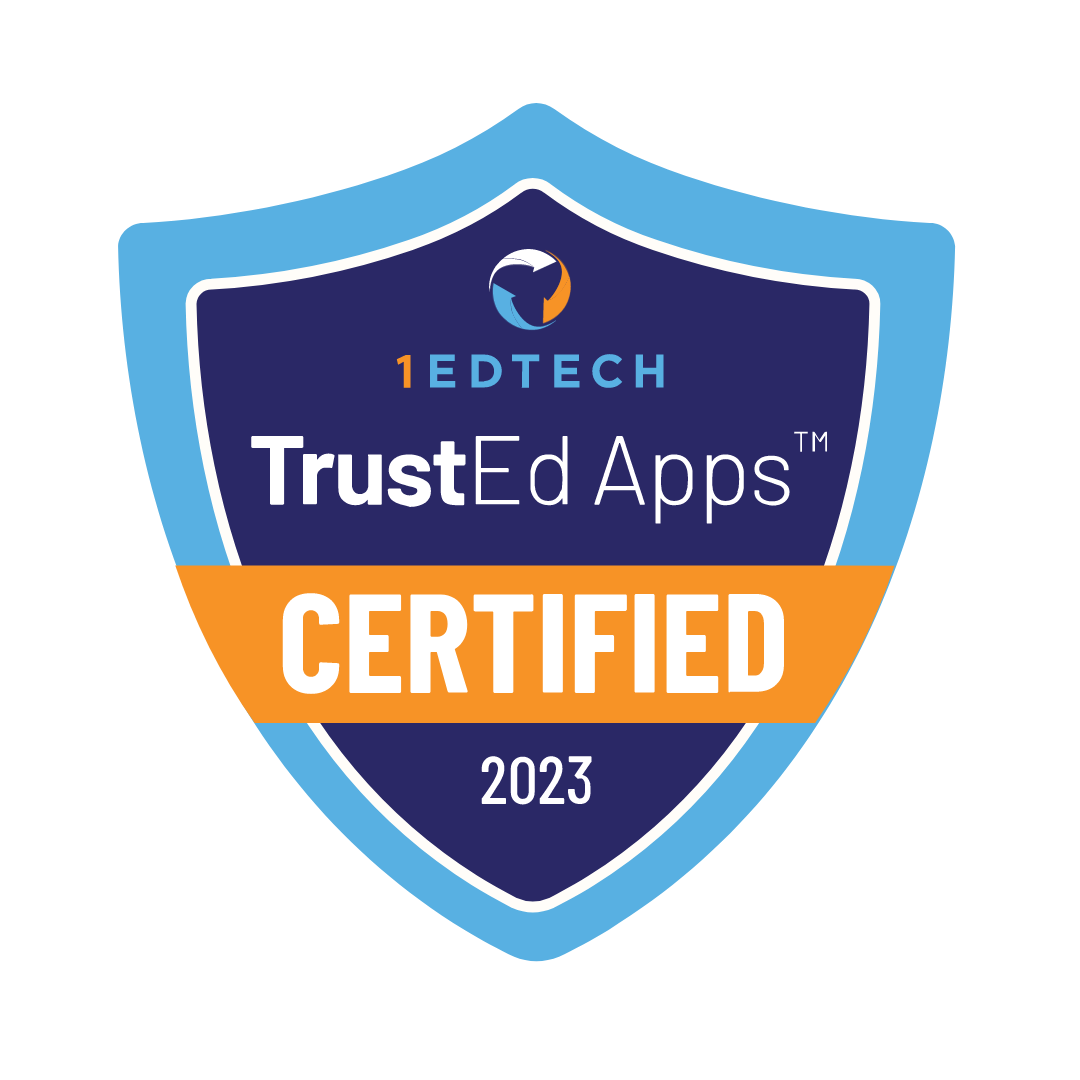Contents [hide]
About 10 million college students took at least one online class in 2022, according to the National Center for Education Statistics (NCES). The number of all students in online education is much larger. This high demand is creating more tools to support online learning.

Tech tools for online schools are digital solutions, such as platforms and software, designed to help students and teachers in their online learning experience. These tools help manage lessons, deal with the assessments, connect with teachers and peers, and solve other tasks. We will explore 7 tech tools schools and students use in 2024 to handle online learning effectively.
Exam Lift
Exam Lift is an educational app. This app is designed to help students prepare for the Cambridge English qualifications: A2 Key for Schools, B1 Preliminary for Schools, and B2 First for Schools. The app offers quizzes, tests, and lessons tailored specifically to the structure of these exams. This app is ideal for students of various ages who want to pass these exams. It is free to use, but additional exam materials are purchased for an extra cost.
Storybird
“Storybird helps the students to build their skills and to create something that they can share with others and have made into a beautiful book as evidence of their learning”
Rachelle Dené Poth, Rachelle’s Blog
Storybird is an online platform. This platform allows students to create and share various stories in just seconds. Using this platform helps students develop creative skills and succeed in disciplines like literature. It is perfect for students aged 6 to 18 years old. The basic version of the platform is free but comes with limitations on character count, workspace type, and more. The premium version starts at $8.99 per month and offers expanded features.
Brainly
Brainly is an online platform. Students use this platform to solve homework assignments in various subjects, such as physics. Students like this platform because they can ask peers for help or assist others if they can’t solve an assignment. The platform is ideal for students aged 12 to 18 years old. The basic version of the platform is free. The Brainly Plus version starts at $24 for 6 months, removes ads, and adds new functionality.

Otter.ai
Otter.ai is an AI-powered app. Students use this app to convert spoken language into text. This app helps them get lecture notes, record discussions, and more. This app is ideal for students aged 16 years old and above. The basic version of the app is free and offers 300 minutes of transcription. Other plans start at $8.33 per month.
Minecraft Adventures in English
Minecraft Adventures in English is an educational app. This app is based on the Minecraft game and helps students learn English through interactive gameplay. Students solve puzzles, complete grammar exercises, and more. This app is perfect for young learners aged 8 to 16 years old. The app is available for schools. The cost of the app varies depending on the license purchased, typically starting at $5 per student per year.

Querium
“High school exit and end of course tests are high stakes exams for students. Our adaptive and personalized review engine helps them prepare for it, checking their comprehension levels and shoring up areas where they may be weak. Ultimately, the stepped process allows them to strengthen and master Algebra I concepts placing them on a path for academic and career success”
Kent A. Fuka, Business Wire
Querium is an AI-powered online platform. Students use this platform to improve their knowledge in Science, Technology, Engineering, and Mathematics (STEM) subjects. The advantage of this platform is it allows students to solve real-world problems and enhance their problem-solving skills. The platform is ideal for students aged 14 to 18 years old. It is available for schools, with pricing starting at $50 per semester.
Knowji
Knowji is an educational vocabulary app. Students use this app to learn new words through spaced repetition. Spaced repetition is a learning method involving reviewing information at set intervals to improve memory retention. Many students rely on this app to prepare for language exams. This app offers audio-visual lessons catering to different learning styles. This app is a great solution for students aged 10 to 18 years old. The basic version of the app is free but comes with limitations on the available word lists. The premium version starts at $9.99 for full word lists.
Conclusion
We looked at 7 tech tools helping schools and students handle different tasks in online learning. These tools improve motivation, make learning more enjoyable, and help students manage tasks easily. Legacy Online School encourages the use of these tools. Legacy Online School provides support for students who have trouble with any of these tools. Our teachers, with over 5 years of experience and a love for teaching, are ready to guide students in using these tools.












